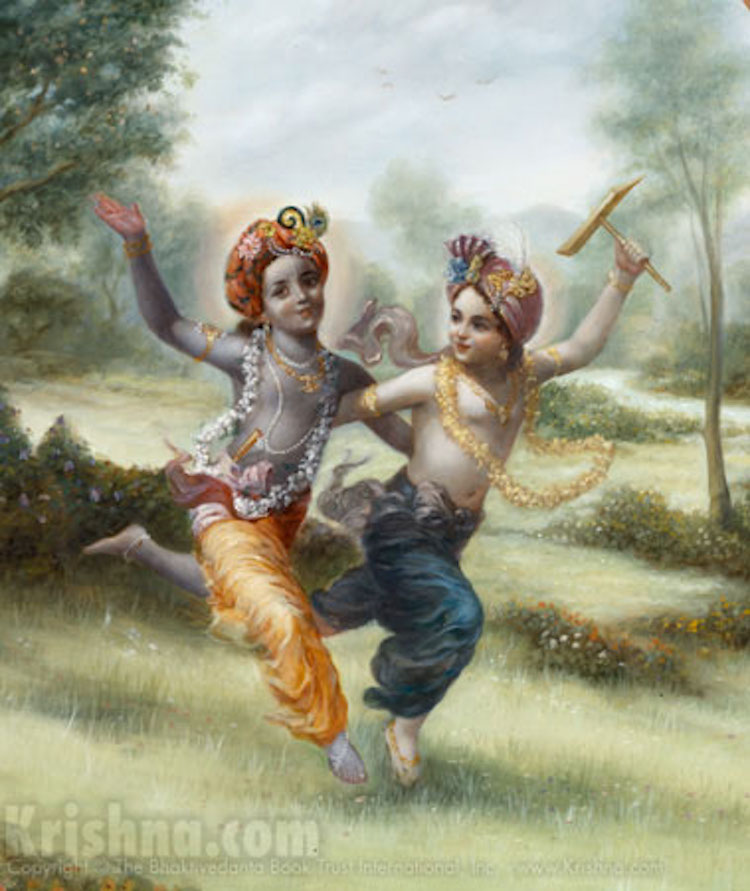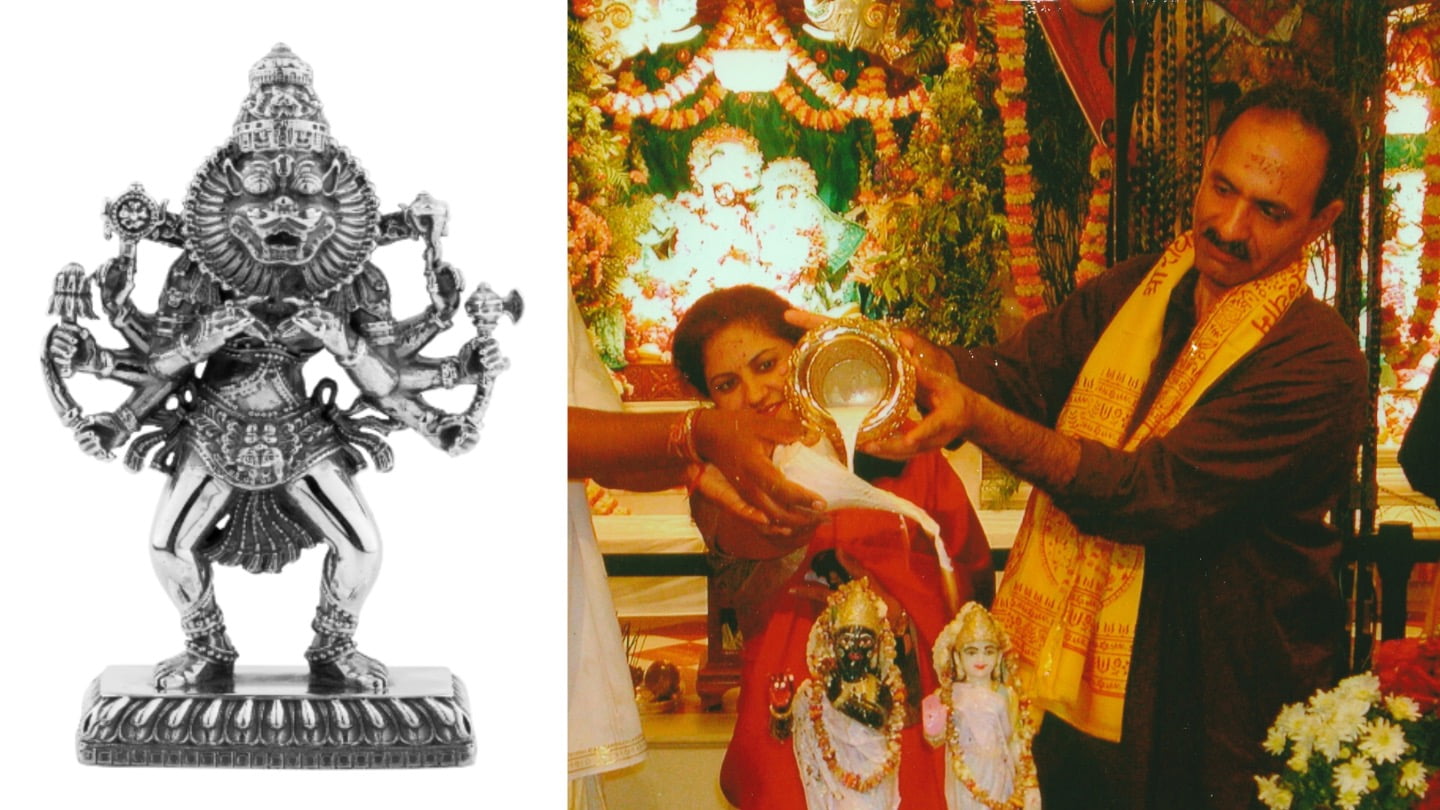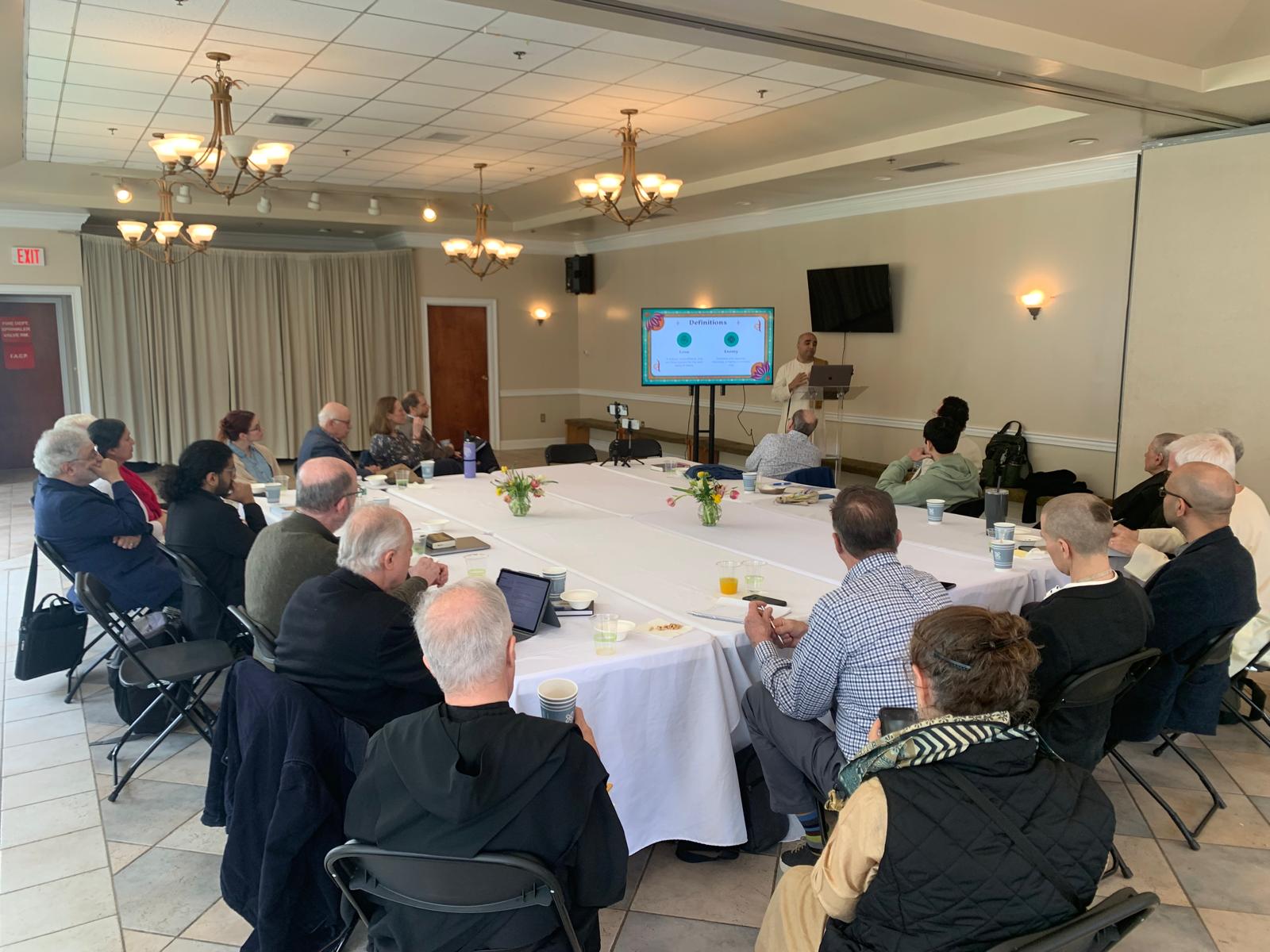Understanding the Raksha Bandan Festival
By Vasundhara Gupta, ISKCON News Contributing Writer | Aug 14, 2021

The rituals of Raksha Bandhan are simple. On this day, sisters apply tika on the forehead of their brothers and tie the Rakhi while brothers give love, money, gifts, and good wishes to their sisters.
The history of Raksha Bandhan is timeless. One day, thousands of years ago in time, in the ancient yet futuristic Indian city of Dwarka, Lord Krishna had his finger cut by sugarcane. All of Dwarka hurt; Rukmini, Satyabhama, and others went rushing to find a bandage for their husband. Draupadi, adorned with priceless jewelry and a saree of its grandeur, could no longer wait for the band-aid of the wound of her beloved friend. She tore a piece of cloth from the hem of her splendid saree and tied it around his finger. Touched by this tender gesture, Lord Krishna felt highly indebted. Though Krishna addressed Draupadi as ‘Sakhi,’ which means female friend in Sanskrit, he was not only tied a segment of cloth to cover the wound; but also fastened into the eternal bond of RakshaBandhan, which is the representative of the never-ending connection of a brother and sister. Lord Krisha is said to have promised Paanchali that he will always be there to protect her in times to come as she stood by him.
There are many versions to this story, but the essence is the same. Raksha Bandhan is around the corner on the 21st of August this year, which is also the full moon day, known as Raakhi Purnima. It is emblematic of the ever-lasting relationship of brothers and sisters. However, one thing to be noted is, it is not only a symbolic tradition but is also backed by Vedic ayurveda; as the rakhi that is tied on the wrist helps in pressing acupressure points which is beneficial for the health of a person.
It is truly a day to celebrate!












